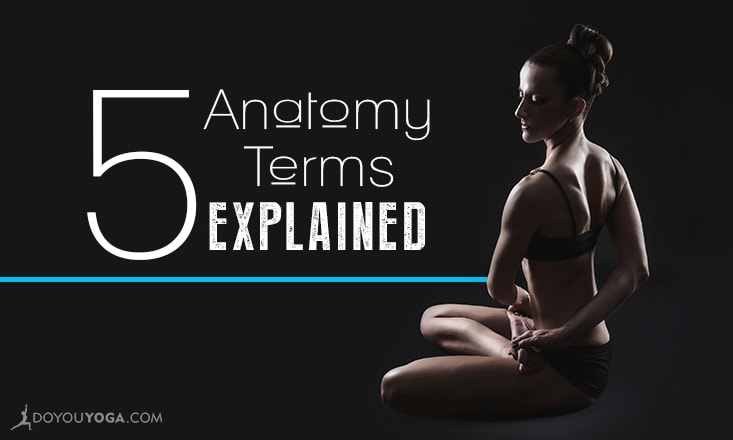I teach a lot of alignment in my yoga classes. I’m passionate about the body and care about my students, which is why teaching alignment and healthy biomechanics is so important to me.
However, I know all of the instructions and anatomical terms can be slightly confusing at first.
The Importance of Foundational Alignment
Taking a basics or beginners course is truly the best way to get a solid foundation in the alignment of the postures.
But if you’re newer to yoga and you find yourself in a class with a lot of alignment instructions, chances are you’re not going to understand every single one — and that’s ok.
When you first start practicing yoga, understanding the basic structure of the posture is enough. Your ability to understand alignment instructions, as well as the poses, will become more refined over time.
However, there are a few key anatomy terms that sometimes go undefined, and are pretty helpful to understand.
1. Shoulder Heads
Your shoulder heads are located where most people consider their outer shoulders to be, and are actually the heads of the upper arm bones, which — together with the shoulder blade and collar bone — comprise the entire shoulder girdle.
2. Floating Ribs
You have 12 sets of ribs, all of which attach to your spine in the back. When a teacher references your floating ribs, he or she is referring to your last two sets of ribs on both sides that are essentially “floating” because they do not attach to anything on the front side of the body, whereas all other ribs do.
3. Sitting Bones
Sitting bones, sits bones or sitz bones, are those boney protrusions under the flesh of your butt that you sit on (sometimes they can be difficult to feel).
Ideally, you want to sit upright on both of your sitting bones, however, most of us sit with a rounded low back, which tucks the sitting bones under.
4. Sacrum
Your sacrum is the large triangle bone at the bottom of your spine just above your buttocks. The sacrum is actually five vertebrae fused together, forming the back wall of the pelvis by joining the right and left hipbones.
5. Pelvis
Your pelvis is the mobile basin-shape structure at the base of your spine (basically where you consider your hips to be). The bones of the pelvis are the hipbones, sacrum and tailbone. Teachers will often tell you to tilt your pelvis forward or tuck it under.
Of course these are just five of the many anatomy terms you’ll hear in yoga classes, but hopefully these will help you get a better understanding the next time you hear the teacher give cues and alignment tips.
What other anatomy terms and concepts do you have difficulty fully understanding in your yoga class? Let me know below!


